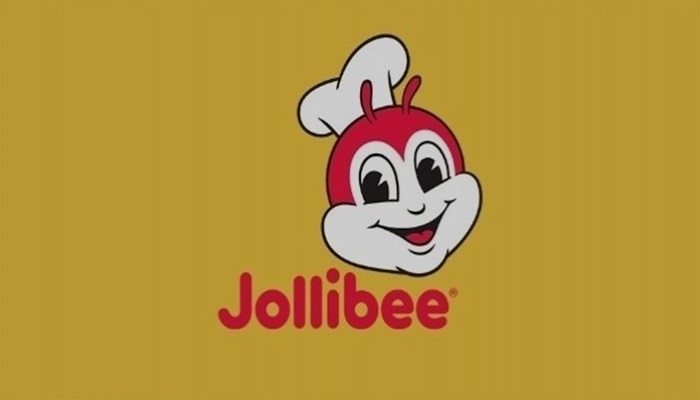Jollibee, the beloved Filipino fast-food chain, has become a household name not only in the Philippines but also in various parts of the world. However, many may not know the intriguing story behind the company’s unique name and the thought process that went into its creation. In this article, we will delve into the fascinating history of the Jollibee brand name and explore how it has become an iconic symbol of Filipino culture and success.
The Birth of Jollibee
Jollibee’s origins can be traced back to 1975, when Tony Tan Caktiong and his family opened an ice cream parlor in Cubao, Quezon City. As the business grew, they began offering hot meals and sandwiches, which quickly became more popular than the ice cream itself. Recognizing the potential for a fast-food restaurant, the family decided to convert the ice cream parlor into a new venture, which would eventually become the first Jollibee outlet in 1978.
SEE ALSO: When Does Arby’s Have Orange Cream Shakes 2024
The Significance of The Name
The name “Jollibee” was carefully chosen to reflect the brand’s core values and appeal to its target audience. The name is a combination of two words: “jolly” and “bee”. The “jolly” prefix was intended to convey happiness, enjoyment, and a fun-filled dining experience, while the “bee” was chosen for its association with hard work, industriousness, and the sweet things in life.
According to Tony Tan Caktiong, the bee was selected as a symbol because it “hops around and produces sweet things for life, and is happy even though it is busy”. This concept perfectly encapsulates the brand’s philosophy of providing delicious food and a joyful atmosphere, even in the midst of a bustling fast-food industry.
The Evolution of The Jollibee Logo
The original Jollibee logo, designed in 1980, featured a simple, cartoon-like bee character dressed in a red blazer, shirt, and chef’s hat.
The design was inspired by the iconic Mickey Mouse character, with the intention of creating a memorable and relatable mascot that would appeal to both children and adults.
Over the years, the Jollibee logo has undergone several refinements and updates, but the core elements have remained consistent. The bee character has become more detailed and expressive, with a wider range of emotions and poses. The color scheme has also been updated, with the red blazer and white shirt becoming more vibrant and eye-catching.
The Jollibee Mascot And Advertising
One of the most recognizable aspects of the Jollibee brand is its mascot, which has become an integral part of the company’s marketing and advertising efforts. The Jollibee mascot, with its friendly smile and infectious energy, has appeared in countless commercials, events, and promotions, helping to build a strong emotional connection with customers.
Jollibee’s advertising campaigns have often featured heartwarming stories and relatable experiences that resonate with its target audience. The brand’s ability to tap into the emotions and values of its customers has been a key factor in its success, both in the Philippines and abroad.
Jollibee’s Global Expansion
As Jollibee has grown from a single outlet in 1978 to a global fast-food empire with over 1,500 stores worldwide, the brand name and logo have played a crucial role in its international expansion. The name “Jollibee” has proven to be easily recognizable and memorable in various cultures, while the mascot has become a symbol of Filipino culture and hospitality.
Jollibee’s success in overseas markets can be attributed to its ability to adapt its menu offerings to local tastes and preferences while maintaining the core elements of its brand identity. The company has also invested heavily in marketing and advertising campaigns that highlight the unique qualities of the Jollibee brand and its commitment to providing a joyful dining experience.
The Jollibee Brand Legacy
Today, the Jollibee brand name and logo are synonymous with Filipino pride and success. The company has become a source of national identity and a symbol of the country’s growing economic power.
Jollibee’s story is a testament to the power of a strong brand identity and the importance of connecting with customers on an emotional level.
As Jollibee continues to grow and expand, the company remains committed to its core values and the principles that have made it a success. The brand name and logo will undoubtedly continue to evolve and adapt to changing times and trends, but the essence of Jollibee – a fun, friendly, and hardworking bee that brings joy to its customers – will remain at the heart of the company’s identity.
Conclusion
The story of the Jollibee brand name is a fascinating one that highlights the importance of creativity, innovation, and emotional connection in the world of marketing and branding. By choosing a name and logo that resonated with its target audience and embodied its core values, Jollibee has built a brand that is beloved by millions around the world.
As the company continues to grow and evolve, it will be interesting to see how the Jollibee brand name and logo adapt to new challenges and opportunities. One thing is certain: the jolly bee will continue to be a symbol of joy, happiness, and success for Filipinos and food lovers everywhere.

